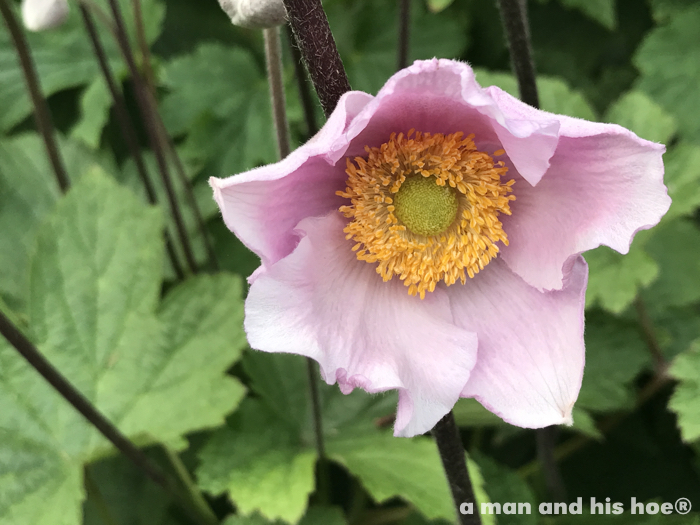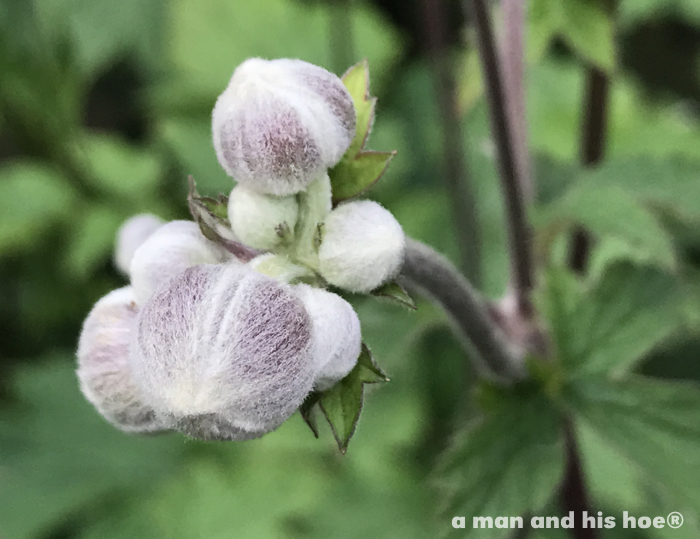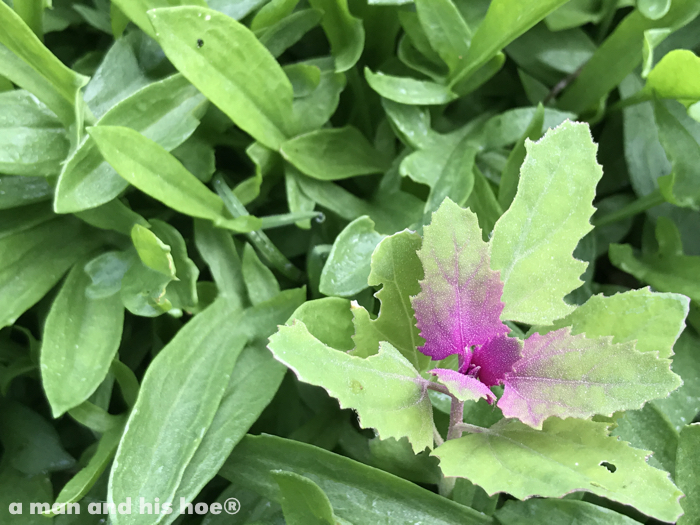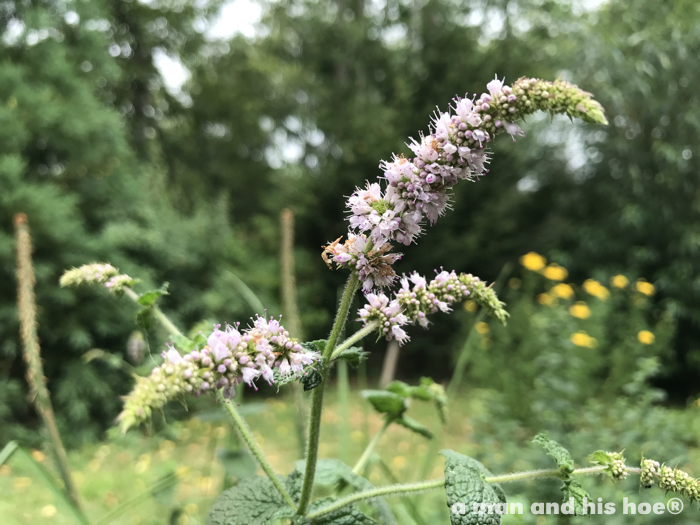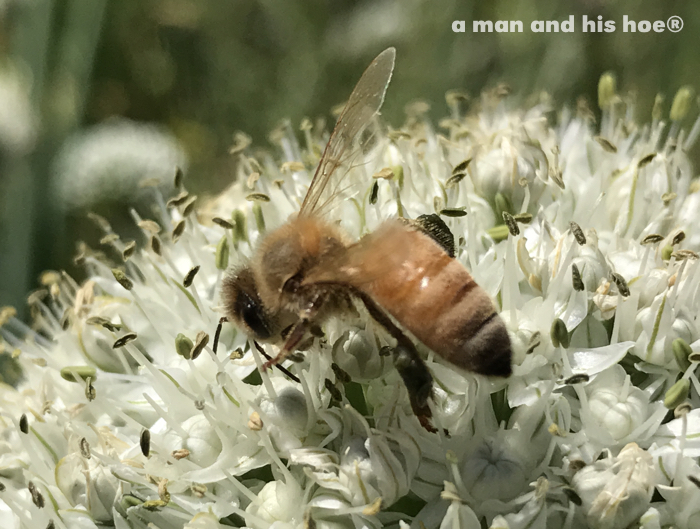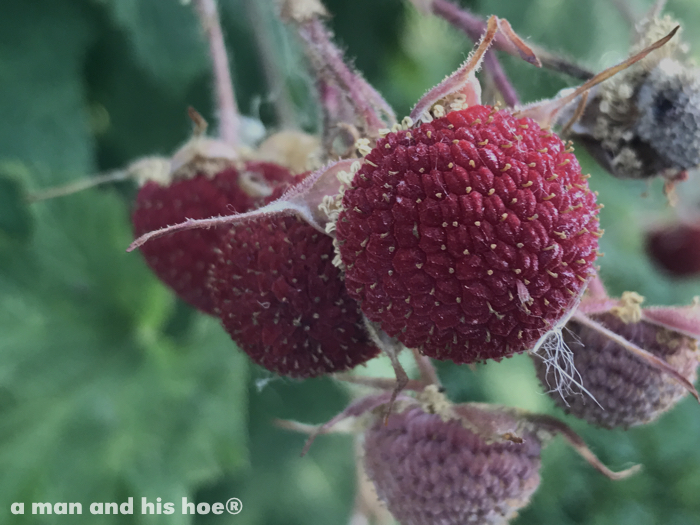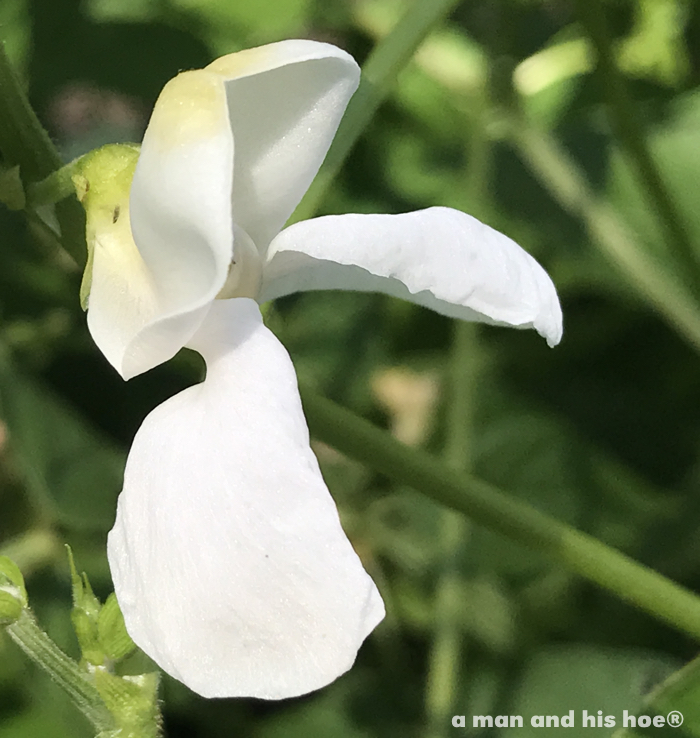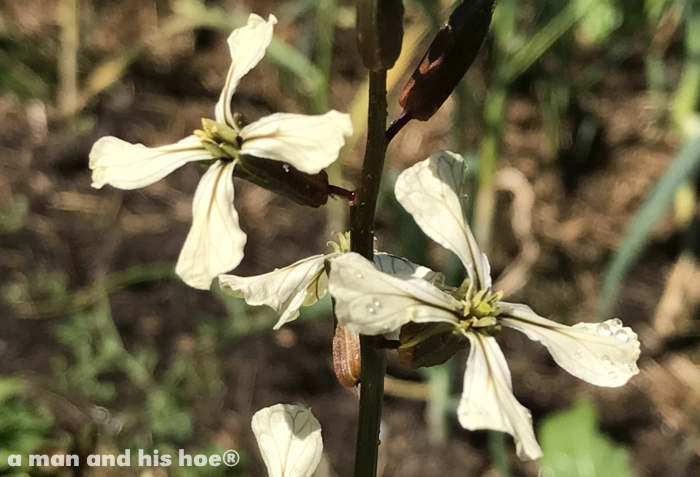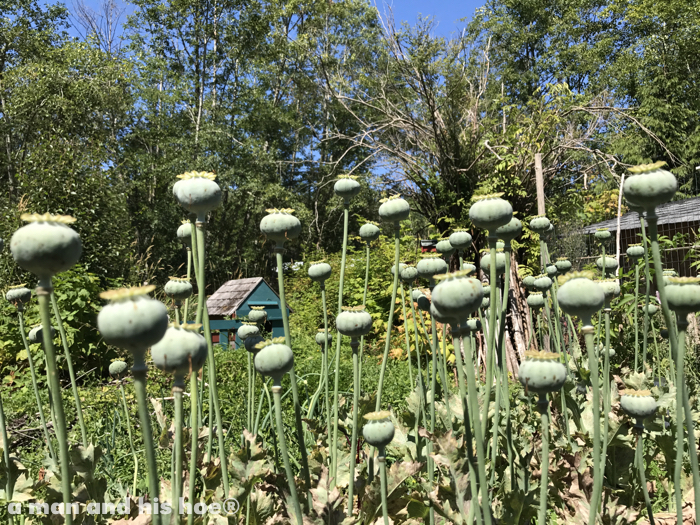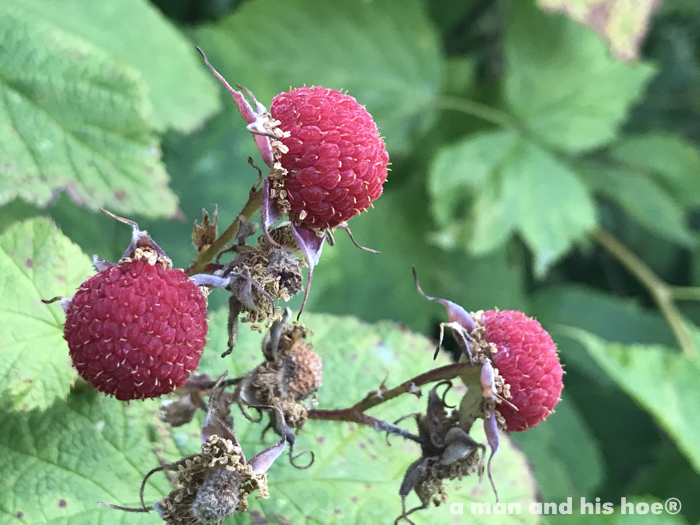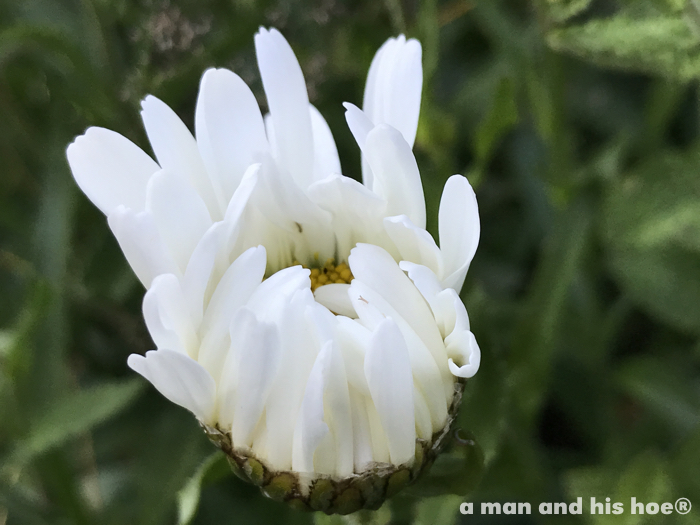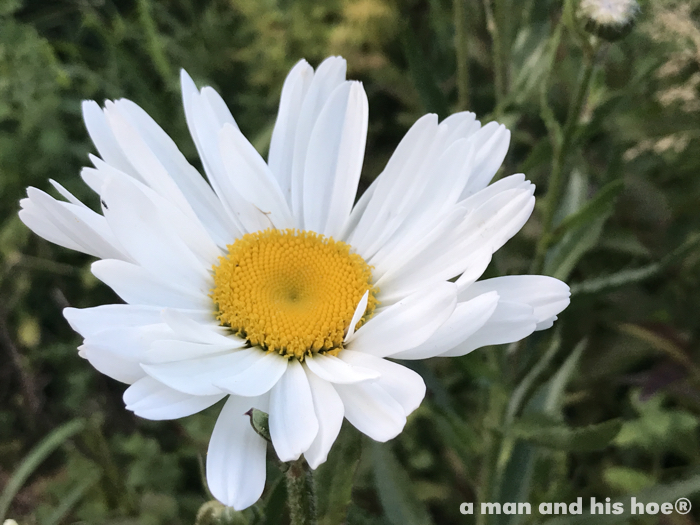
The red alders on Bow Hill are slowly dying. My first encounters with these beautiful trees were more than three decades ago on hiking trips into the Cascades. They line the riverbeds and streams flowing out of the mountains. You can’t go for a hike in the Cascades without walking through groves of these soothing trees.
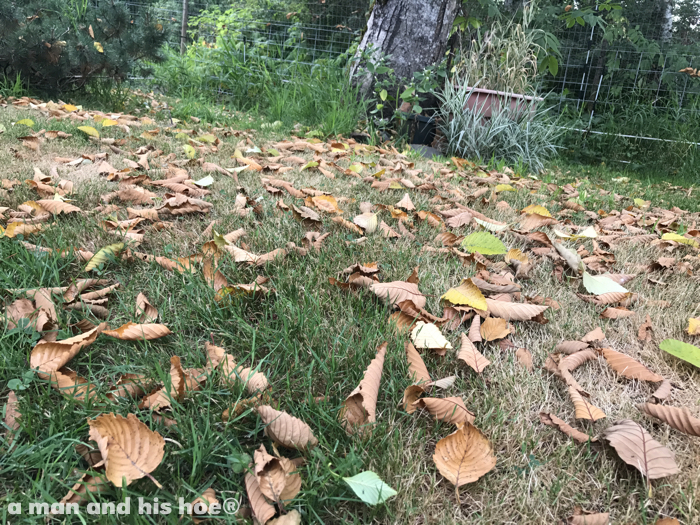
Away from streams and wetlands, red alder don’t do well in long droughts. They drop their leaves like ours are doing in mid summer. And with our longer, dryer summers, they are slowly dying. When I go around the neighborhood, I see their bare, bleaching branches more and more.
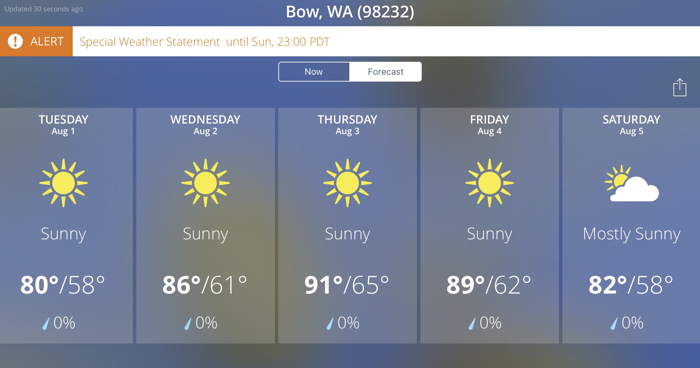
This morning while checking the upcoming forecast, I let out a gasp when I saw how hot this coming week will be. So far this summer, we’ve had one 80ºF day, so to have five in a row with Thursday the 3rd predicted to be above 90ºF, is most unusual.

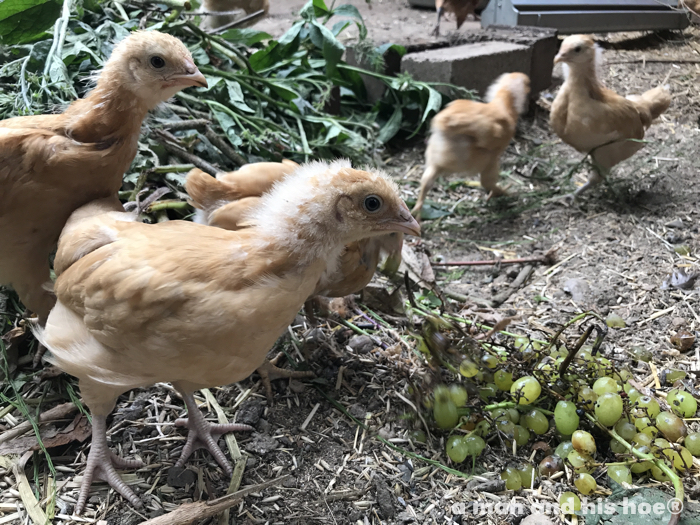
The young chicks are fascinated with grapes, the first they’ve ever seen. The one dashing off in the background is making off with a grape and looking for a quiet spot where it can feast on it without being disturbed.

Madrigal’s chicks hatched during the night. She was sitting on a clutch in the woods, and she’s brought them into the chicken yard. As attentive as she is, showing them what to eat, and breaking apart large seeds and grains for them, she’s a bit clumsy too, stepping on them at times when she’s chasing off the other chicks and hens. Tonight they are sleeping soundly underneath her, safe in the chicken yard.
